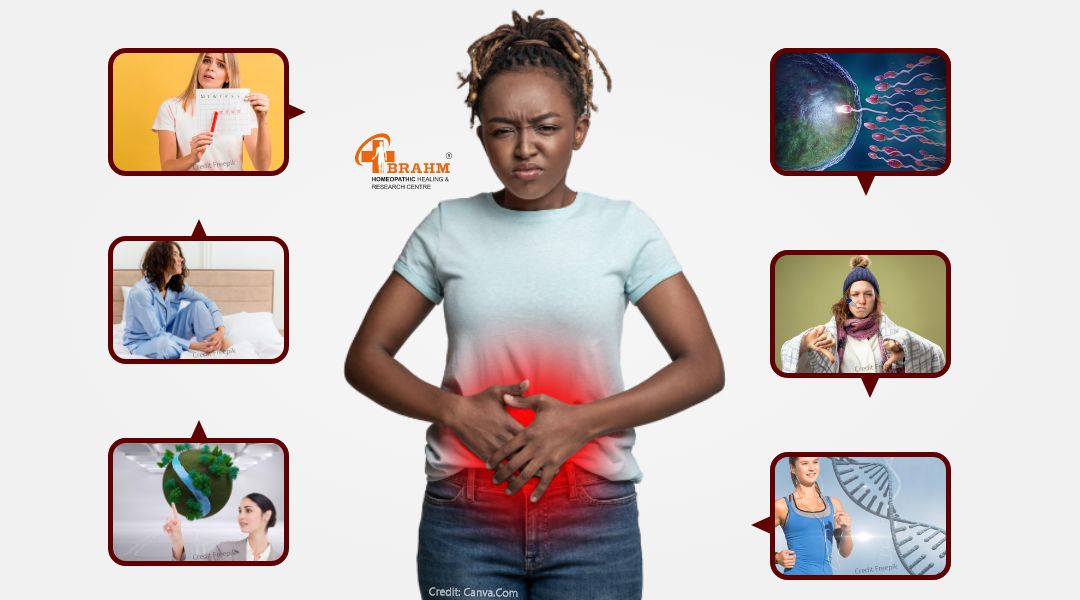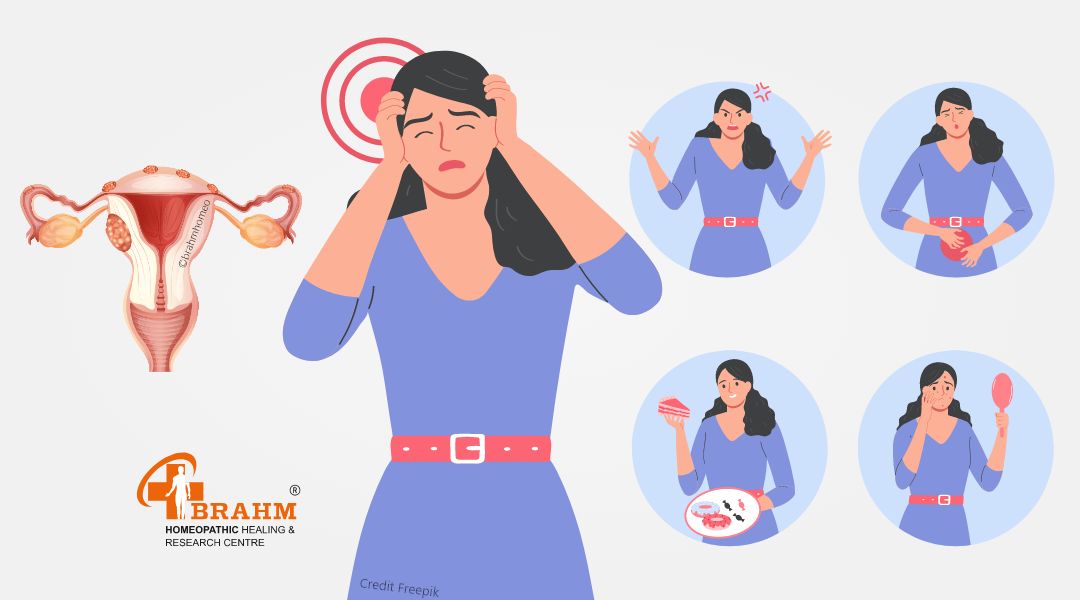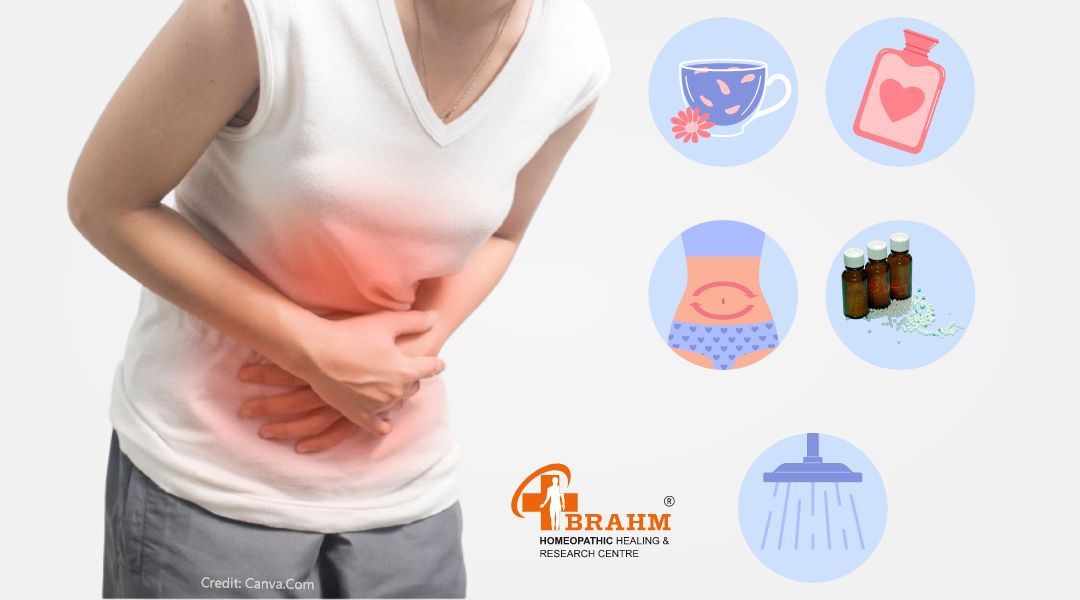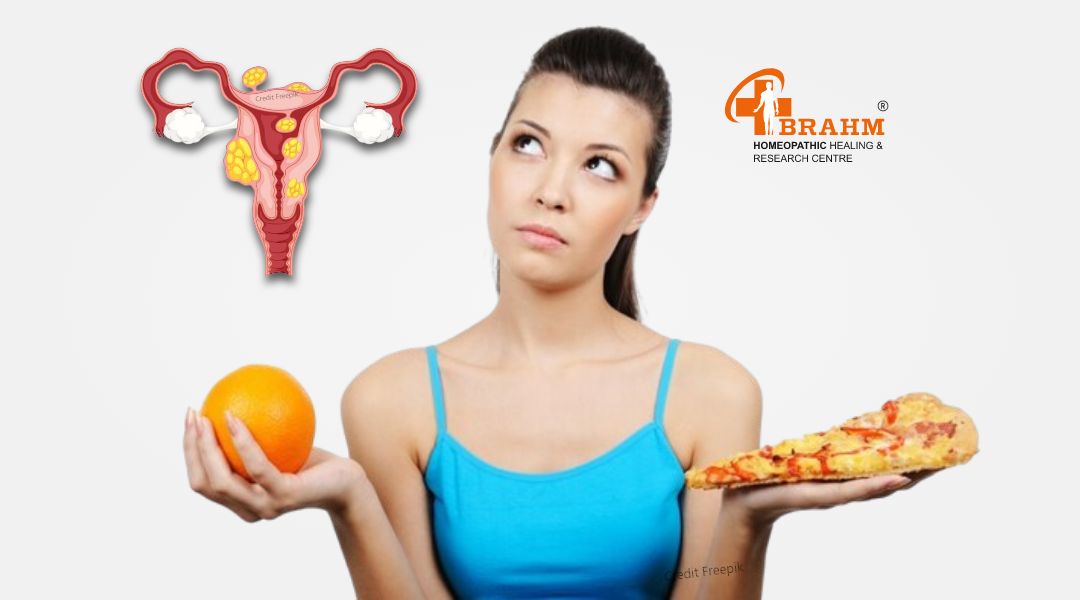
What is endometriosis symptoms , treatment and diet | endometriosis ko kese thik kare ?
What is Endometriosis?
Endometriosis is a chronic condition where endometrial tissue grows outside the uterus, causing inflammation, scarring, and adhesions. It affects 1 in 10 reproductive-aged individuals, typically between 25 and 40. The exact cause is not fully understood, but factors include retrograde menstruation, immune system disorders, hormonal imbalances, and genetic predisposition. Common symptoms include pelvic pain, heavy menstrual bleeding, painful intercourse, painful bowel movements, and infertility. Diagnosis involves medical history, pelvic examination, imaging studies, and minimally invasive procedures.
Causes of Endometriosis?

Endometriosis Causes and Factors
• Retrograde Menstruation: Allows endometrial cells to grow on pelvic organs and tissues, leading to endometriosis.
• Embryonic Cell Transformation: Proposed by the coelomic metaplasia theory, endometriosis arises from the transformation of embryonic cells into endometrial tissue outside the uterus.
• Immune System Dysfunction: Abnormalities in the immune system may contribute to endometriosis by failing to recognize and eliminate misplaced endometrial cells.
• Hormonal Imbalances: Estrogen imbalances can promote the growth of endometrial tissue outside the uterus.
• Genetic Factors: Certain genetic variations or mutations may predispose individuals to endometriosis.
• Environmental Factors: Exposure to toxins, pollutants, or endocrine-disrupting chemicals can influence the development or progression of endometriosis.
• The condition is complex and likely involves a combination of genetic, hormonal, immune, and environmental factors.
Features of Endometriosis?
Endometriosis Symptoms Overview

• Chronic pelvic pain: Symptoms can be dull, aching, or cramping, and can occur before, during, or after menstruation.
• Menstrual irregularities: Changes in menstrual patterns can occur, including heavy menstrual bleeding, irregular cycles, or spotting between periods.
• Dysmenorrhea: Painful menstruation, causing severe cramps that interfere with daily activities.
• Painful intercourse: Pain or discomfort during sexual intercourse, affecting deep or superficial areas.
• Infertility: Increased risk of infertility due to endometrial implants or adhesions in the pelvic cavity.
• Chronic fatigue: Low energy levels, especially during menstruation or periods of intense pain.
• Gastrointestinal symptoms: Constipation, diarrhea, bloating, abdominal cramps, or rectal pain during menstruation.
• Bladder symptoms: Frequent urination, urgency, pain with urination, or blood in the urine (hematuria).
• Back pain: Lower back pain, especially during menstruation or pelvic pain flare-ups.
• Other symptoms: Nausea, headaches, mood changes, depression, or anxiety.
• Early recognition and management are crucial for improving quality of life and preventing complications.
Diagnosis of Endometriosis?

Diagnosing Endometriosis: A Comprehensive Approach
• Medical History and Symptom Assessment: Comprehensive medical history of symptoms like pelvic pain, menstrual irregularities, painful intercourse, or infertility.
• Pelvic Examination: Physical examination of pelvic organs for signs of endometriosis.
• Imaging Studies: Use of ultrasound, MRI, or CT scans to visualize pelvic organs and detect abnormalities.
• Laparoscopy: Minimally invasive surgical procedure under general anesthesia to visualize pelvic organs.
• Diagnostic Criteria: American Society for Reproductive Medicine (ASRM) established criteria based on the extent and severity of the disease observed during laparoscopy.
• Multidisciplinary approach: Requires gynecologists, reproductive specialists, and other healthcare providers for a thorough evaluation and accurate diagnosis.
Treatment for Endometriosis:
Medicine for Endometriosis:

Homeopathy and Disease Cure
• Homeopathy is curable, regardless of the duration of illness.
• Early treatment is faster for chronic conditions and later stages.
• Intelligent individuals start treatment as soon as they observe any symptoms.
Brahm Homeopathic Healing & Research Centre Treatment Plan
• Brahm's research-based, scientific treatment module is effective in curing diseases.
• A team of qualified doctors systematically observes and analyzes cases.
• They record signs, symptoms, disease progression, prognosis, and complications.
• They provide detailed disease information, diet charts, exercise plans, and lifestyle plans.
• They guide individuals on improving general health conditions through systematic management of homeopathic medicines.
Types of Endometriosis?
Endometriosis Types and Types
• Superficial Peritoneal Endometriosis: Characterized by endometrial implants on the surface of pelvic organs and the peritoneum. Symptoms include inflammation, scarring, and adhesions.
• Deep Infiltrating Endometriosis (DIE): A severe form of endometriosis where endometrial tissue infiltrates surrounding pelvic structures. Symptoms include nodules, masses, or fibrotic lesions, leading to pain, organ dysfunction, and infertility.
• Ovarian Endometriomas (Endometriotic Cysts): Fluid-filled cysts on the ovaries, causing symptoms like pelvic pain, menstrual irregularities, or infertility.
• Adenomyosis: Endometrial tissue infiltrates into the uterus's myometrium, leading to enlarged, tender, and boggy uterus. Symptoms include heavy menstrual bleeding, pelvic pain, and uterine cramping.
• Extrapelvic Endometriosis: Spreads beyond the pelvic cavity to other anatomical sites, involving organs like the lungs, diaphragm, liver, gastrointestinal tract, urinary system, or surgical scars.
• Endometriosis is a complex condition with variable presentations, requiring a thorough evaluation by a healthcare provider for accurate diagnosis and personalized treatment planning.
Adverse effects of Endometriosis?
Endometriosis: Potential Adverse Effects and Management
• Chronic Pelvic Pain: Symptoms can impact quality of life and can occur before, during, or after menstruation.
• Menstrual Irregularities: Endometriosis can cause changes in menstrual patterns, including heavy menstrual bleeding, irregular cycles, or spotting between periods.
• Infertility: Endometrial implants or adhesions can interfere with normal reproductive function.
• Gastrointestinal Symptoms: Endometriosis affecting the bowel or rectum can cause constipation, diarrhea, bloating, abdominal cramps, or rectal pain during menstruation.
• Bladder Symptoms: Endometriosis affecting the bladder may lead to urinary symptoms such as frequent urination, urgency, pain with urination, or blood in the urine.
• Fatigue: Chronic fatigue or low energy levels are common, often due to hormonal imbalances, inflammation, or the psychological impact of chronic pain.
• Emotional Distress: Chronic pain and uncertainty can lead to anxiety, depression, mood swings, or feelings of isolation.
• Impact on Relationships and Daily Activities: Severe symptoms may require frequent medical appointments, hospitalizations, or time off from work or school.
• Risk of Complications: Severe or untreated endometriosis may lead to complications like ovarian cysts, adhesions, scar tissue formation, bowel or bladder dysfunction, or rare complications like deep vein thrombosis or organ damage.
Diet in Endometriosis:

Endometriosis Dietary Recommendations
• Incorporate anti-inflammatory foods: Consume fruits, vegetables, whole grains, nuts, seeds, legumes, and fatty fish.
• Include omega-3 fatty acids: Consume flaxseeds, chia seeds, walnuts, and fatty fish.
• Choose healthy fats: Choose olive oil, avocado, nuts, and seeds for hormone balance and inflammation reduction.
• Consume fiber-rich foods: Consume fruits, vegetables, whole grains, legumes, and seeds for digestive health and regular bowel movements.
• Include plant-based proteins: Consume beans, lentils, tofu, tempeh, and edamame for lower saturated fat and inflammation reduction.
• Add herbs and spices: Add turmeric, ginger, cinnamon, and garlic for potential health benefits.
• Limit processed foods and added sugars: Minimize intake of processed foods, refined carbohydrates, sugary snacks, desserts, and sweetened beverages.
• Moderate caffeine and alcohol: Consume these substances to maintain hormone balance and reduce inflammation.
• Stay hydrated: Drink plenty of water throughout the day.
• Consider dietary modifications: Follow specific dietary approaches like the low FODMAP diet or an anti-inflammatory diet. Consult with a healthcare provider before making significant dietary changes.
NOTE:
It's important to note that while dietary modifications may help manage symptoms and promote overall health, they are unlikely to eliminate endometriosis on their own. It's essential to work with a healthcare provider to develop a comprehensive treatment plan tailored to your individual needs, which may include medications, hormonal therapy, surgery, pain management strategies, and lifestyle modifications.
Convectional Treatment & Treatment guide of Endometriosis:
Conventional Treatment for Endometriosis
Pain Management:
• Use of Nonsteroidal Anti-Inflammatory Drugs (NSAIDs) to relieve pelvic pain and menstrual cramps.
• Prescription Pain Medications for severe pain that doesn't respond to NSAIDs.
Hormonal Therapy:
• Combined Hormonal Contraceptives to regulate menstrual cycles and reduce menstrual flow.
• Progestin-Only Therapy to suppress ovulation and reduce endometrial lining symptoms.
• Gon@dotr0pin-Releasing Hormone (GnRH) Agonists or Antagonists to suppress ovarian function and reduce estrogen levels.
Fertility Preservation:
• Fertility-sparing surgical techniques like laparoscopic excision of endometriosis or ovarian cysts.
Complementary Therapies:
• Some individuals find relief from symptoms through acupuncture, physical therapy, pelvic floor therapy, dietary modifications, stress management techniques, and alternative medicine approaches.
Importance of Collaboration:
• Collaboration with a healthcare provider to develop a comprehensive treatment plan.
• Regular follow-up visits and ongoing communication with healthcare providers for monitoring symptoms, adjusting treatment, and optimizing outcomes.


















